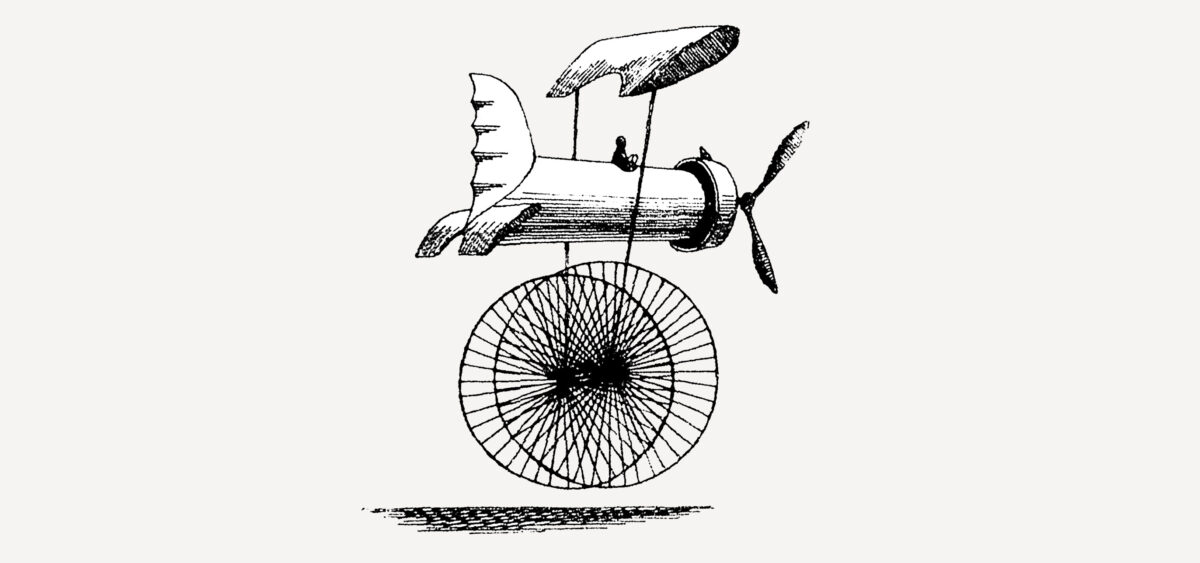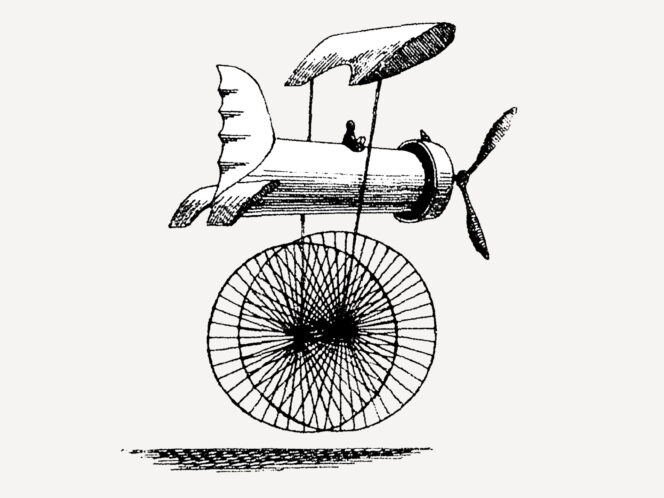
How come, for decades, Polish aviators have been the best in the world in precision and navigation rally flying? And how come, for years, almost nobody knew anything about it?
A barrack, lined with PVC panelling. Two plywood armchairs with yellow-brown velour backs, a swivel office chair at a table, a radio crackling every now and then: “Papa, Oscar, Quebec.” On the wall, a calendar with a scantily-clad young lady advertising screws. In the armchair, a 60-year-old, short, pot-bellied man with a grey moustache and equally grey hair, thinning on his forehead, is chasing off wasps circling over some doughnuts. He is wearing a stretched-out T-shirt with the slogan “Top Dad” styled as the Top Gun logo.
The man is probably the most successful athlete in Poland. Janusz Darocha – a pilot, expert in precision and navigation rally flying. As he says, he received “36 or 37 medals at the World and European Championships.” He isn’t sure how many exactly. Irena Szewińska, recognized as the best Polish sportswoman of all time, has won 17 Olympic and championship medals.
Next to the barrack at the Michałkowo airport near Ostrów Wielkopolski, where Darocha is on duty as a park ranger, lies the wreck of a Wilga plane, in which he and his colleagues won numerous medals in the 1980s. No nose, no propeller, with engine parts scattered around the cabin. One is tempted to write: the perfect illustration of the state of Polish aviation sport. But that would not be true.
Between 1983 and 1999, Poles never gave up the World Championship gold medal in precision flying (held every two years); there were years when they took the entire podium. All-time charts of navigation rally flying look similar. And








